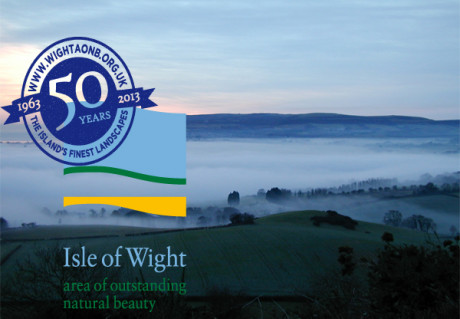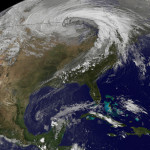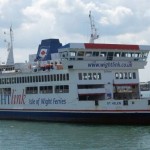
Thanks to Suzanne Suzanne and Alan for this latest report. Ed
On the occasion of their 50th Anniversary the Isle of Wight AONB (Area of Outstanding Natural Beauty) Partnership held a forum hosted by the Medina Valley Centre.
Interestingly, The Medina Valley Centre (MVC) also celebrate their own 50th anniversary in 2013 with both organisations being formed in 1963. MVC is situated on the West bank of the Medina Estuary but although having been there for 50 years is widely unheard of, even by Island residents.
Background of the AONB
Denis Russell, Chairman of Wight AONB welcomed delegates to the event, which had four speakers on various topics.
Fiona Hanna, lead officer of Wight AONB gave the background to the formation of the AONB Partnership. During the 1940s, the future of the Countryside in the UK was widely debated. Come 1949 the National Parks and Access to the Countryside Act was added to the Statute Book. At one time it was thought that the whole of the Island would be a National Park but this was changed to AONB for some areas of the Island. There was a scare on the Island when GEC published plans for a nuclear power station in the Newtown Area.
Between 1960 and 1963 there was consultation over the blueprint for the AONB with a number of amendments called for. Finally in September 1963 areas of land totaling 191 square kilometers were designated. In 1974 the Island’s Heritage Coast was defined.
The Medina Valley Centre
Keith Marston, Head of Field Studies at MVC gave a history of the venture from its beginnings in 1963 as a sailing centre with a Christian ethos.
Over the years the centre has developed into a site for environmental and outdoor education as well as retaining its water activities.
Landscape Arts
Lydia Fulleylove, a writer living in Shorwell outlined her role in Landscape Arts. She spoke on projects involving story writing, poetry and other art forms which had taken place in West Wight especially on the banks of the Western Yar Estuary and at Kings Manor Farm.
Outdoor learning
Brighstone C of E Primary School dates from 1831 and has always been very much part of the village community. One of the teachers from the school, Susan Pugh, explained how the school transfers teaching under the National Curriculum from the classroom out into the outdoor landscape.
This can encompass most lessons for the school’s 166 pupils including, Maths, Science and Literacy. Lessons are often undertaken on the beach or in woodlands and one involved a climb to the top of the downs to view the night sky.
Variety of field trips
During the afternoon delegates could opt for one of four different field trips:
A visit to two sites in the Western Yar Valley, Mill Copse & Kings Manor Farm, which are used by A Level students while on Biology field courses based at the Medina Valley Centre.
At Kings Manor Farm delegates found out about farming techniques and farming conservation schemes on this land that straddles the estuary.
Mill Copse is owned by Wight Fund for Nature and has had a successful management regime over the past two decades to restore ancient woodland from damaging plantation. This site is used to illustrate a range of aspects of the A Level Biology syllabus.
Forest Schools
Forest School, Bouldnor where Forest Schools, organised by the Wildlife Trust team, offer children and young people access to nature with learning opportunities that support the National Curriculum.
Through activities such as den building, campfire cooking and green woodwork participants are able to learn new skills and explore the natural habitat of the woodland throughout the seasons.
The Landslip Zone
The Landslip Zone at the western end of The Undercliff provides a spectacular area used by A Level Geography students while on field courses based at the Medina Valley Centre. Delegates had the chance to explore the dramatic scenery behind St Catherine’s Lighthouse which forms part of the longest and most active populated coastal landslip zone in Europe.
Here the geology, hydro-geology and mass movement contribute to this rugged landscape, stabilised by coastal protection at Castlehaven which protects the properties at Niton Undercliff.
Newtown National Nature Reserve
Newtown National Nature Reserve which is looked after by the National Trust gave delegates the chance to learn that the Newtown area is much more than just visiting the Town Hall, Visitor Centre or Bird Hide.
Wardens offer a wide range of opportunities to explore and enjoy Newtown and all that the historic village and nature reserve has to offer including ‘Wild Zone’ Bat Zaps, Bird Nest Making and Hebridean Sheep Trails.




